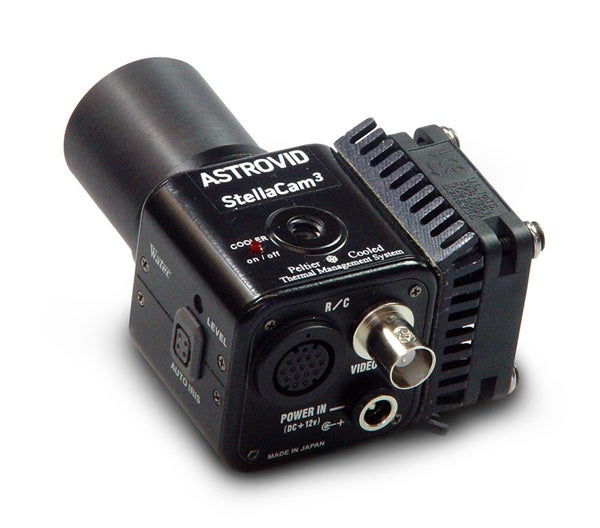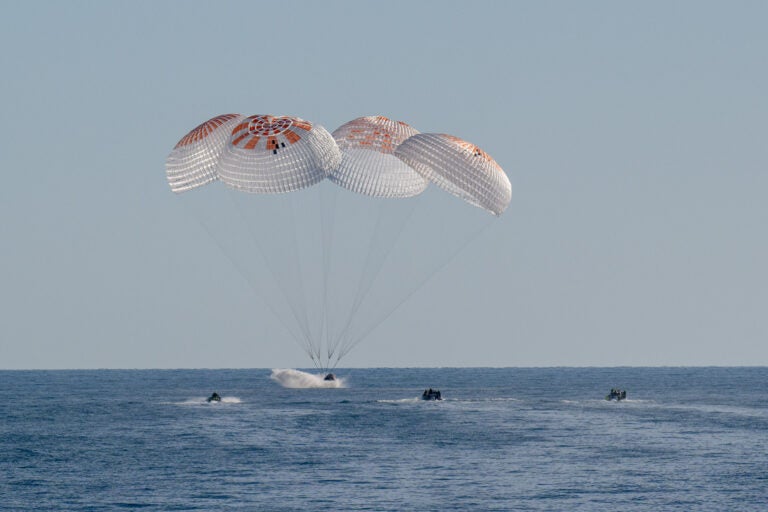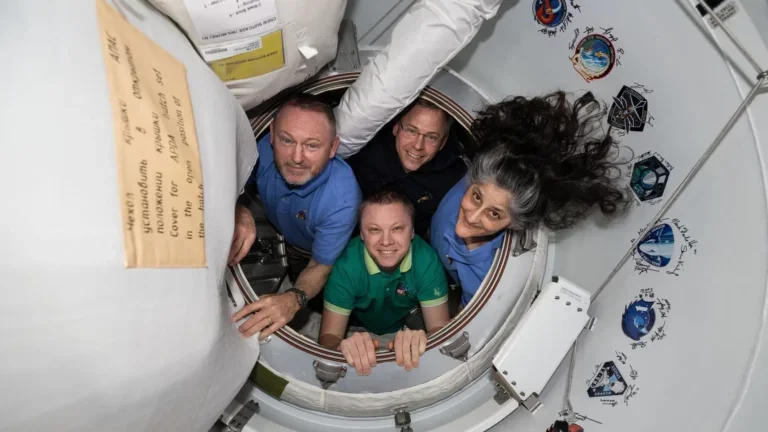
This buyers guide, “Join the CCD revolution,” appeared in the June 2010 issue of Astronomy magazine
For most of the past 150 years, amateur astrophotography has been for only those who had unlimited patience and deep pockets. Then, in 1969, two scientists, Willard Boyle and George E. Smith working at AT&T Bell Laboratories, invented a small silicon wafer called a charge-coupled device (CCD). Two decades later, only a few cameras incorporating such gadgets were available. Thankfully, things have changed in the past 20 years. Now anyone interested in trying astrophotography (or, “astroimaging,” as we now call it) has a variety of high-quality CCD cameras from which to choose.
CCD imagers have advantages over visual observers. Even under light-polluted skies, a small telescope with virtually any digital-imaging device will reveal details not attainable visually. If you wonder if your observing site will allow such feats, the news is better than you think.
The current crop of CCD cameras contains detectors so sensitive that you can use dense filters, which essentially eliminate light pollution. With the addition of image-processing software and some practice, your images will be good enough to appear in Astronomy magazine.
To continue reading this review you need to be an Astronomy magazine subscriber.
Subscribers have full access to our equipment review archive and many other great online benefits.
Already a subscriber? Simply log in or create an account below.









